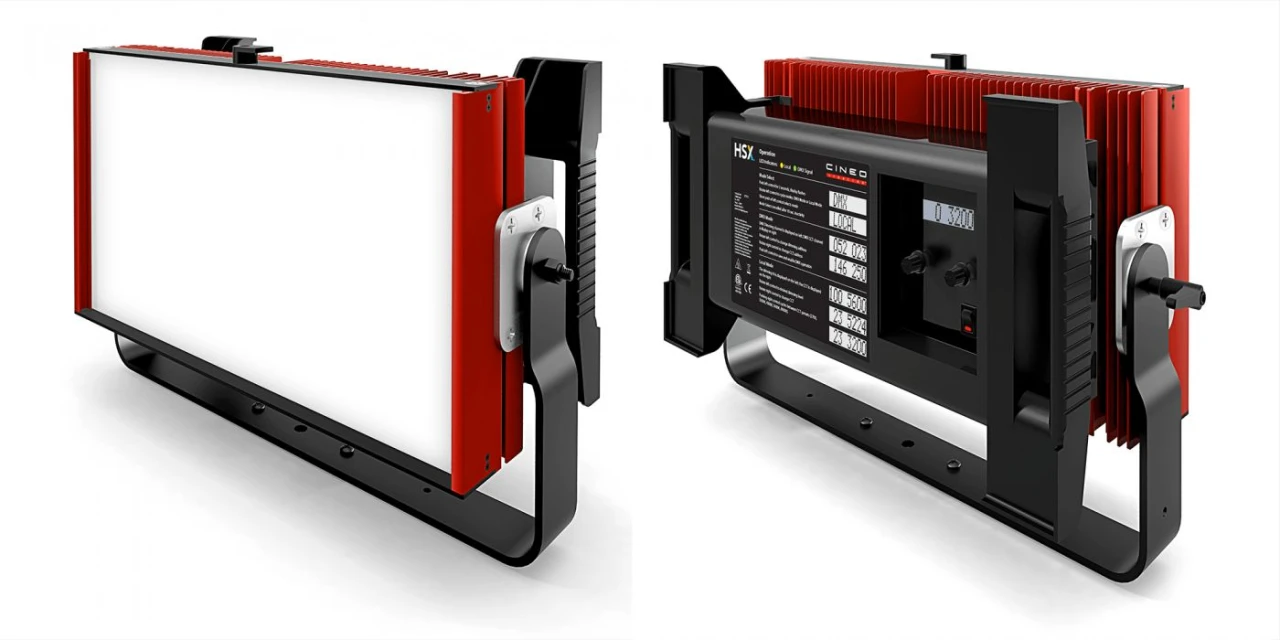
Is the American light manufacturer Cineo leaving the remote phoshor technology behind as they expand into the RGBW arena?
Cineo Lighting is one of my favorite light manufacturers, since they early on adapted the remote phosphor LED technology which combines a high output with great color rendition. This was made possible by separating the phosphor and the LED light, leaving a gap between the light source and the phosphor layer — hence the name; remote phosphor.
Pros of using Remote Phosphor
"Ordinary" LED lights use off-the-shelf standard LEDs, where the phosphor is integrated into each little light. Unfortunately, this method brings two downsides;
-
Since lights are covered in tiny pieces of phosphor, manufacturing variations result in the lights having different lighting properties. Very small differences, but still — it is harder to manufacture a solidly performing unit.
- The phosphor is damaged as the pieces has to endure great heat over long periods of time, when the phosphor is located directly above the light source. This results in color variations and degradation as the unit gets used, and is the most severe of complications. I've had this happen to numerous LED lights, from both Litepanels and Manfrotto.
Having a single larger phosphor layer means that it's easier to both manufacture and quality check the final layer of the light unit itself. Better yet, if the phosphor was to be damaged by any reason, it could just be easily replaced.
"Real" Bi-color
Standard LED lights got their "bi-color" functionality by simply making 50 % of the light sources in one color, say daylight at 6500K, and 50 % of the light sources in another, say tungsten at 3200K. Great, but what does that mean? Unfortunately it means that if you want to use your bi-color light as a pure tungsten light, you get 50 % of the specified output.
Cineo solved this with its remote phosphor units by simply shipping multiple phosphor layers; one in 3200K and another one in 6500K. For their more professional lights — like the Maverick or the HS2 — you could even get a pure green screen light.
The one downside by using this approach was that Cineo's lights couldn't be dialed in like their competitors' lights could, and some thought it was cumbersome to exchange the phosphor plates.
The new Cineo era
As much as I love their older units,
